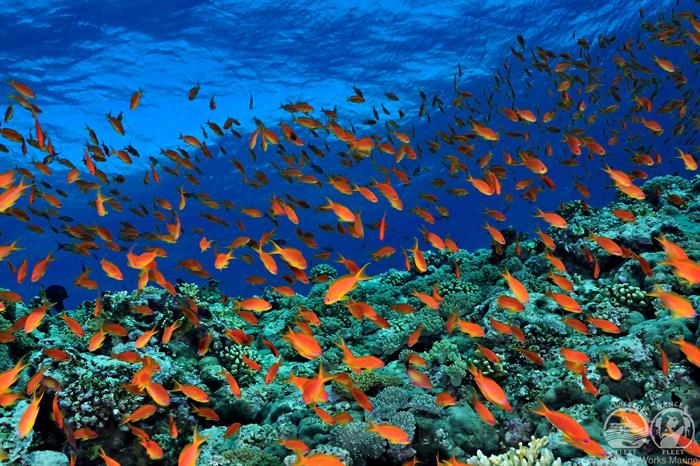Diving in Alaska offers a unique experience with its cold waters, kelp forests, and abundant marine life. Here is some information about diving in Alaska, including the best diving spots for beginners and experienced divers, marine life, dive conditions, and cost.
Diving Spots in Alaska:
Alaska has a variety of diving spots suitable for both beginners and experienced divers. One of the best spots for experienced divers is the Resurrection Bay, located in Seward. The bay offers kelp forests, sea caves, and a variety of marine life, including sea otters, harbor seals, and sea lions. Another good spot for experienced divers is the Kodiak Island, which has several dive sites, including the Pillar Wall, which features deep canyons, walls, and caves.
For beginners, the Gulkana Glacier Fed Lake in central Alaska is a popular spot. The lake has clear water and several underwater features, including submerged trees and boulders.
Marine Life:
Alaska's waters are home to a variety of marine life, including sea otters, harbor seals, sea lions, humpback whales, and a variety of fish species such as salmon, halibut, and rockfish.
Dive Conditions:
Dive conditions in Alaska can be challenging due to the cold water temperatures, which can range from 35-50 degrees Fahrenheit. Divers should wear proper thermal protection and consult with certified instructors or dive operators familiar with the dive location and conditions.
Cost:
Diving costs in Alaska can vary depending on the dive location and operator. Most dive operators offer equipment rentals, air fills, and guided dives in package deals, which can range from around $150 to $300 per person per dive, depending on the location and operator.
Overall, diving in Alaska offers a unique opportunity to explore cold waters and diverse marine life. Divers should plan carefully and dive with experienced professionals to ensure a safe and successful diving trip.


